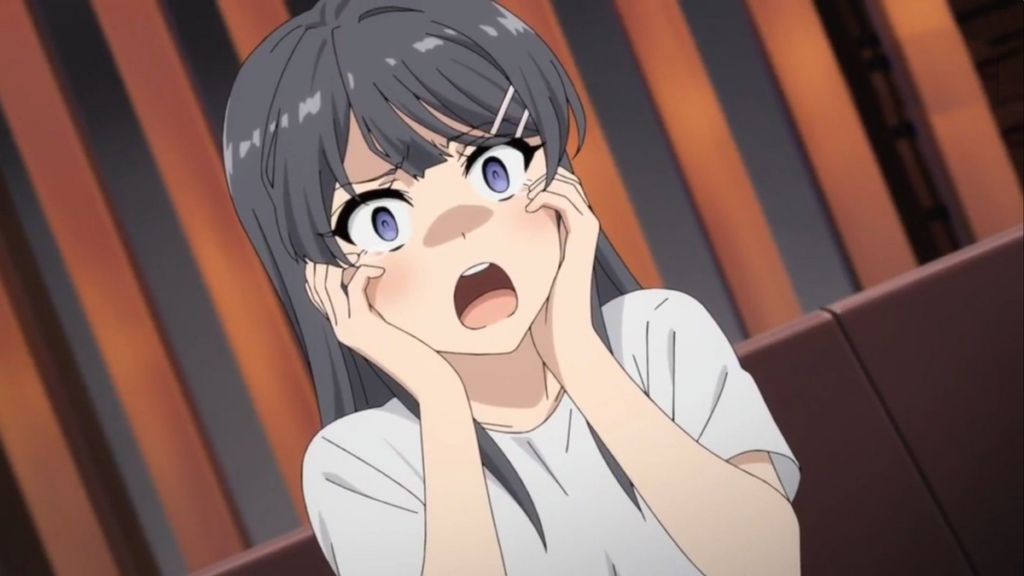Traveling through the vast network of cyberspace can lead to unexpected encounters, and one of the most surprising is encountering the mysterious “ Rule 34 ”. If you've ever searched online for old childhood memories, like “Dexter's Laboratory” or “The Powerpuff Girls,” you've probably come across a search category called “Rule 34.” If you chose not to delve further into it, congratulations, but if you did venture out, we're sorry to tell you that your concept of childhood innocence may have been shaken.
So what exactly is Rule 34? In essence, it's one
of the most notorious rules of the vast digital universe, a kind of founding
principle of online culture. This rule holds that if something exists,
absolutely anything, there will be adult content created about it and shared on
the Internet. It's a bold statement, one that defies conventional
logic and has stood the test of time in the digital jungle.
The Rule 34 phenomenon is both a meme and a source of
wonder. It has become an expected element of online life, where it is
now taken for granted that any new brand mascot will immediately be the subject
of indecent drawings soon after its debut. Although the most common
examples of Rule 34 art come from Western animation aimed at children, such as
“ Teen Titans ” and “ Foster House for Imaginary
Friends ,” there are no clear limits to what can be the subject of
this peculiar form of online expression.
The origin of the name “ Rule 34 ” dates back
to a 2003 comic created by artist Peter Morley-Souter . In one
memorable vignette, the legend “ Rule No. 34: There is porn of it” was
included . No exceptions ”, which marked the birth of a
label that would soon become an ubiquitous reference on the web. This
name became a general term to describe adult content based on non-adult themes
and characters, making it easier to identify and share among enthusiasts of
this type of art.
Although it is a widespread concept worldwide, it does not work the same way in Japan. The doujinshi industry, especially that dedicated to hentai, has desecrated characters long before “Rule 34” itself was created, so Japan was already ahead in this regard.
Ultimately, Rule 34 is an intriguing reminder of human
creativity and the unexpected nature of the internet. What began as a
seemingly innocent observation in a webcomic has become an online cultural
phenomenon that defies expectations and reminds us that in the vast and
sometimes bewildering digital world, almost anything is possible.
Source: KnowYour Meme












